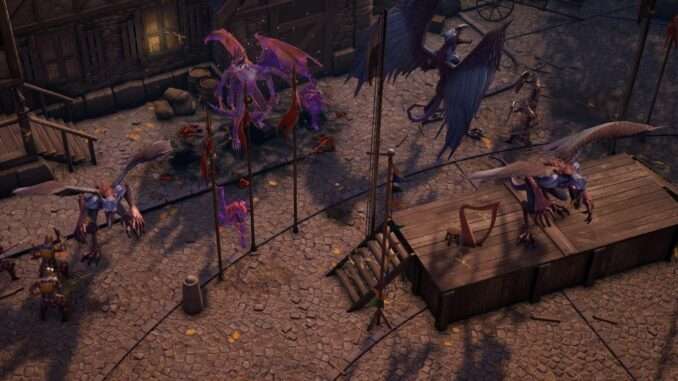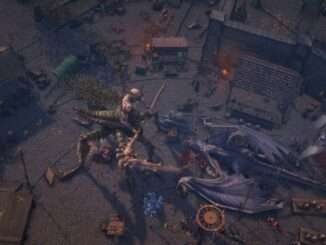
How Does Spellcasting Work?
It is based upon Pathfinder’s version of D&D 3.5. I hope this helps.
Spell Level: The relative power/strength of any given spell.
Caster Level: The relative power level of the caster, may automatically augment a spell’s damage, range, area of effect, etc depending upon the particular spell.
Casting Time: What type of action it takes to cast. Most take what is called a standard action, which you get 1 of in any particular round.
DC (Difficulty Class, I think): If a spell requires a savings throw (Fortitude, Reflex and Will are the 3 savings throws), then this is the number that the creature affected by the spell must meet or beat in order to have a reduced or cancelled effect.
SR: This is spell resistance. Some creatures have an innate resistance to magic. If a spell is subject to spell resistance (not all are), then the caster must roll to meet or beat that number. Some feats (Spell Penetration) and abilities will allow you to add to that roll.
Some creatures have resistances or immunities that will reduce or negate damage they would take.
A fail against the targets SR is an automatic failure for the spell.
Some spells are “touch” spells which means they target the an enemies’ touch AC. Or they are rays that act like normal attacks in terms of hitting enemies.
Also there are 2 type of offencive spells. The attack spells and the others.
Attack spells need you to make an attack roll (just like you would make an attack roll with a weapon), the formula is 1d20 + spell level + the spellcaster ability mod (intelligence for wizards, charisma for sorcerers, wisdom for clerics etc.), and will target the Armor class of the enemy (usually the touch AC if you’re using a touch spell, or AC for a ray).
So if you’re casting a 2nd level spell and have 20 in int and are a wizard, you roll 1d20 + 7.
For the other spells it’s the enemey that needs to beat your DC with a saving throw (1d20 + vill or reflex or fortitude, whatever the spell targets).
The formula for the DC is 10 + spell level + spellcaster ability mod (+ any other bonus that raises DC, like spell focus).
Spell resistance is basically the armor class for spells, when you cast a spell, if the enemy has spell resistance, you need to beat the spell resist for the spell to take effect, even if you hit. the formula for the spell resist check is 1d20 + caster level + spell penetration.
So if you’re a 10th level wizard it’s 1d20+10 (note that caster level and character level are not the same thing, caster level is for a single type of class, unless a prestige class raises it).
Spell penetration raises the effective caster level, so that you can beat higher spell resists.
So for TLDR, spell level and spellcaster abilities are good for spell attack rolls and beating saving throws while caster level and spell penetration are good for beating spell resistance.



There are a number of spells that require you to make a touch attack roll. Touch spells require one of two types of attack roll: melee touch such as Freezing Grasp and ranged touch such as Scorching Ray. Sadly none of them uses your main caster stat modifier like Intellect or Wisdom.
In the case of melee touch you roll with your Strength modifier, so if you have 12 Strength it would be +1, but if you have 8 it would be -1, etc.
Ranged Touch spells require ranged touch attack and take your Dexterity modifier. So if you got 14 Dexterity it would be +2, etc.
The attack rolls for ranged/melee touch spells look like this:
Melee Touch: d20 + Str + other modifier
Ranged Touch: d20 + Dex + other modifier
However, these rolls are made against a target’s touch AC, which excludes all AC bonuses coming from armor and is calculated like this:
Touch AC = 10 + Dexterity modifier + Size modifier + Deflection bonus
10 is default AC, Dexterity can be predicted by inspecting most targets. Size works like this:
Huge –2
Large –1
Medium +0
Small +1
Tiny +2
That is why offensive casters are recommend to take feats like Point Blank Shot and Precise shot to improve the chances of their ranged touch spells to hit instead of missing. Point Blank Shot gives you +1 to ranged attack rolls, which includes ranged touch. Precise shot removes the -4 penalty to ranged attacks against targets engaged in melee combat such as when your tank is fighting them. The logic is that it is more difficult to hit something while it’s fighting your ally. So these come as “other modifier” in the touch attack formulas above.